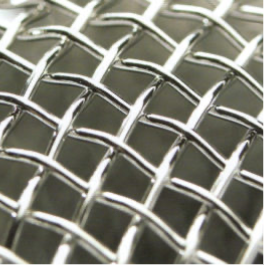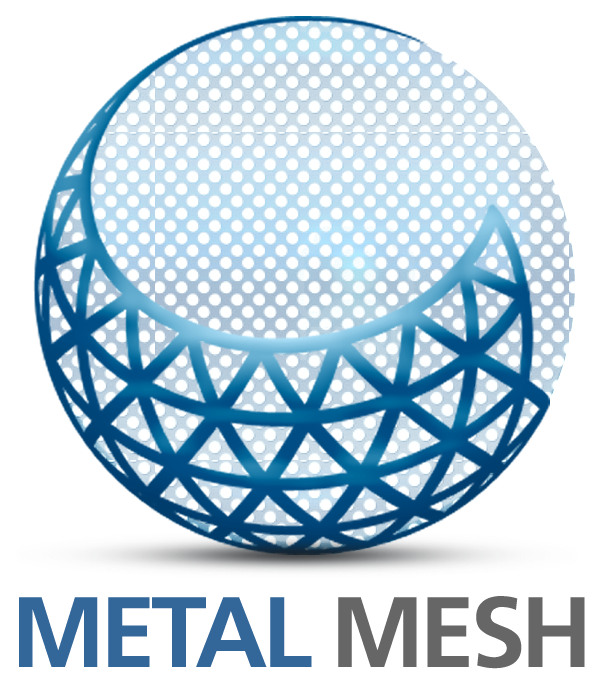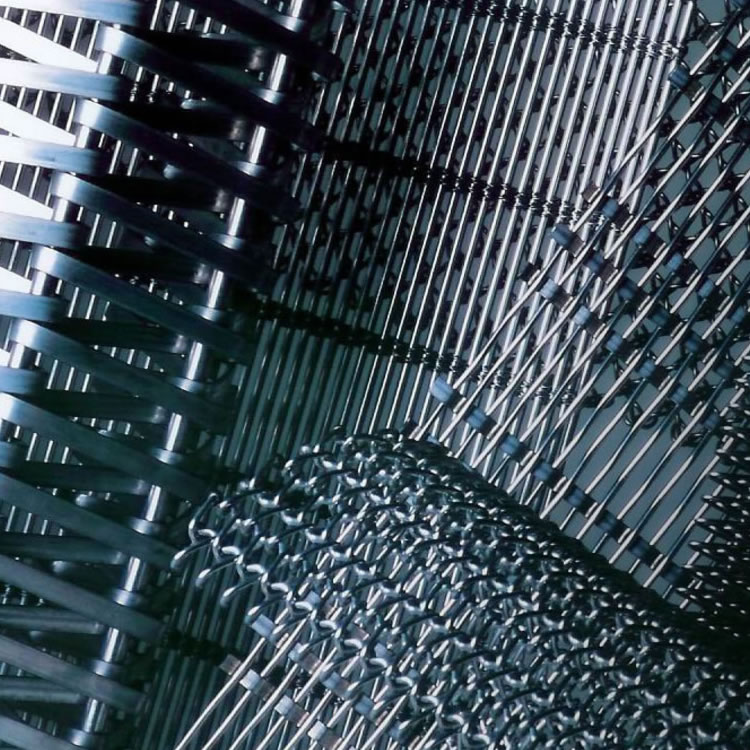Choosing the right materials

Stainless Steel
The majority of Sefar Metal Meshes are woven using stainless steel to DIN 1.4301 (AISI 304) or DIN 1.4401 (AISI 316).We can produce woven wire meshes using special alloys and other weavable materials to your specifications. Please contact us to discuss your requirements.This table serves as an overview of the various material characteristics and is not a comprehensive list. It does not contain all information about the various alloys.Austenitic stainless steels are not magnetic and used extensively (304, 316), 904L is resistant to seawater attack.
Ferritic Stainless Steels are magnetic and nickel free (430). 310/330 grades are highly heat resistant.
| Stainless Steel Type | Material Code | Code | % C max. | % N max | % Cr | % Ni | % Mo | % Others | Temperature Resistance °C |
| 304 | 1.4304 | X 5 CR Ni 18.9 | 0.04 | 0.1 | 18 | 9 | 450 | ||
| 304L | 1.4306-07 | X 2 CR Ni Ti 189 | 0.02 | 0.1 | 19 | 9 | 450 | ||
| 316 | 1.4401 | X5 Cr Ni Mo 18 10 | 0.04 | 0.1 | 17 | 11 | 2 | 450 | |
| 316L | 1.4404 | X2 Cr Ni Mo 18 10 | 0.02 | 0.1 | 17 | 11 | 2 | 450 | |
| 904L | 1.4539 | X 3 Cr Ni Mo N 17135 | 0.01 | 25 | 25 | 4.3 | 1.5 CU | 500 | |
| 430 | 1.4016 | X 8 Cr 17 | 0.04 | 16.5 | 450 | ||||
| 310 | 1.4841 | X 15 Cr Ni Si 25 20 | 0.2 | 0.1 | 25 | 20 | 1000 | ||
| 320 | 1.1864 | X 12 Ni Cr Si 36 16 | 0.05 | 0.1 | 17 | 36 | 1000 |
304 Grade Stainless Steel
Grade 304 has excellent corrosion resistance in a wide range of media. It resists ordinary rusting in most architectural applications. It is also resistant to most food processing environments, can be readily cleaned, and resists organic chemicals, dye stuffs and a wide variety of inorganic chemicals. Typical applications for 304 include architecture, food and beverage processing, equipment and utensils, commercial and domestic kitchen construction, sinks, and equipment for chemical, petrochemical, mineral processing and other industries.
316 Grade Stainless Steel
Grade 316 has excellent corrosion resistance in a wide range of media. Its main advantage over grade 304 is its increased ability to resist pitting and crevice corrosion in warm chloride environments. Typical applications for 316 include boat fittings and structural members; architectural components particularly in marine, polluted or industrial environments; food and beverage processing equipment; hot water systems; and equipment for chemical, petrochemical, mineral processing, photographic and other industries. Although 316 is often described as the ‘marine grade’, it is also seen as the first step up from the basic 304 grade
Other available materials
We also offer a wide range of other alloys, produced to individual customer specifications, a list of possible materials is shown below:
| Group | Material Description |
| Heating Conducting Alloys | Nickel-Chromium steel, Alu-chromium |
| Special Alloys | Incoloy 800, 825, 625, 600 |
| Nonferrous Metals | Copper, Brass, Tin Bronze, Nickel, Monel, Aluminium |
| Hastelloy | Hastelloy C4, B2, C270 |
| Titanium | Titanium, Tantalum |
Please contact us with your individual requirements in Australia and New Zealand.


